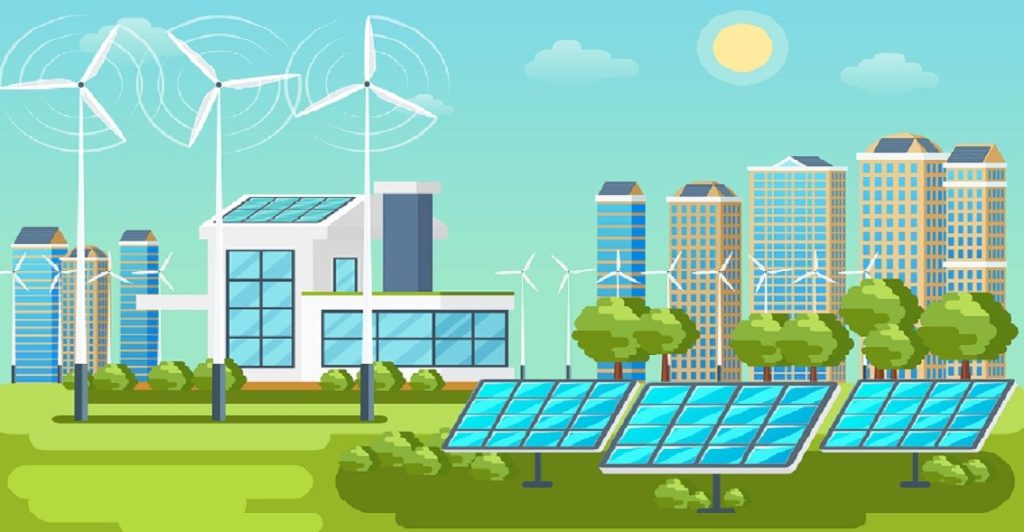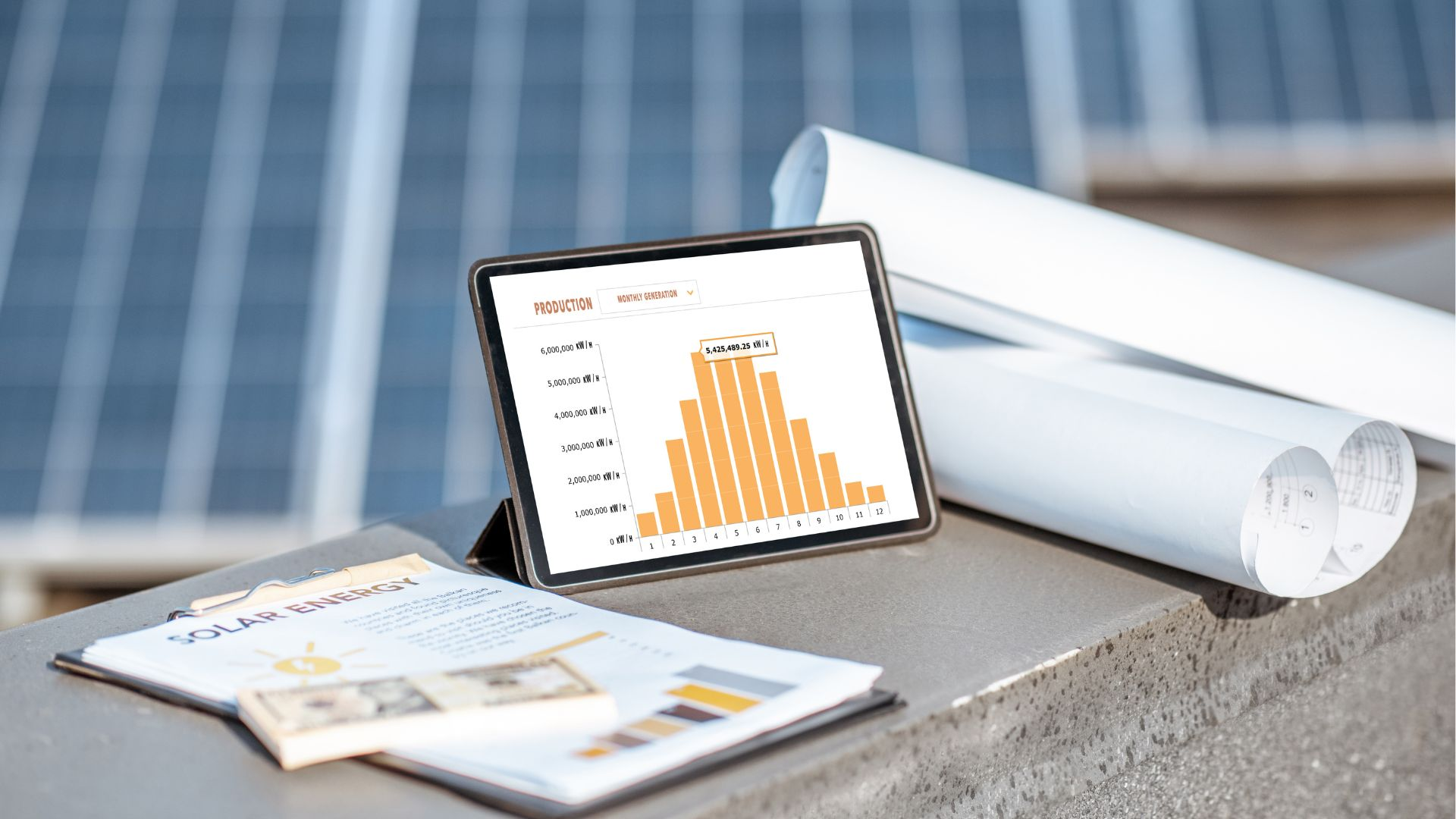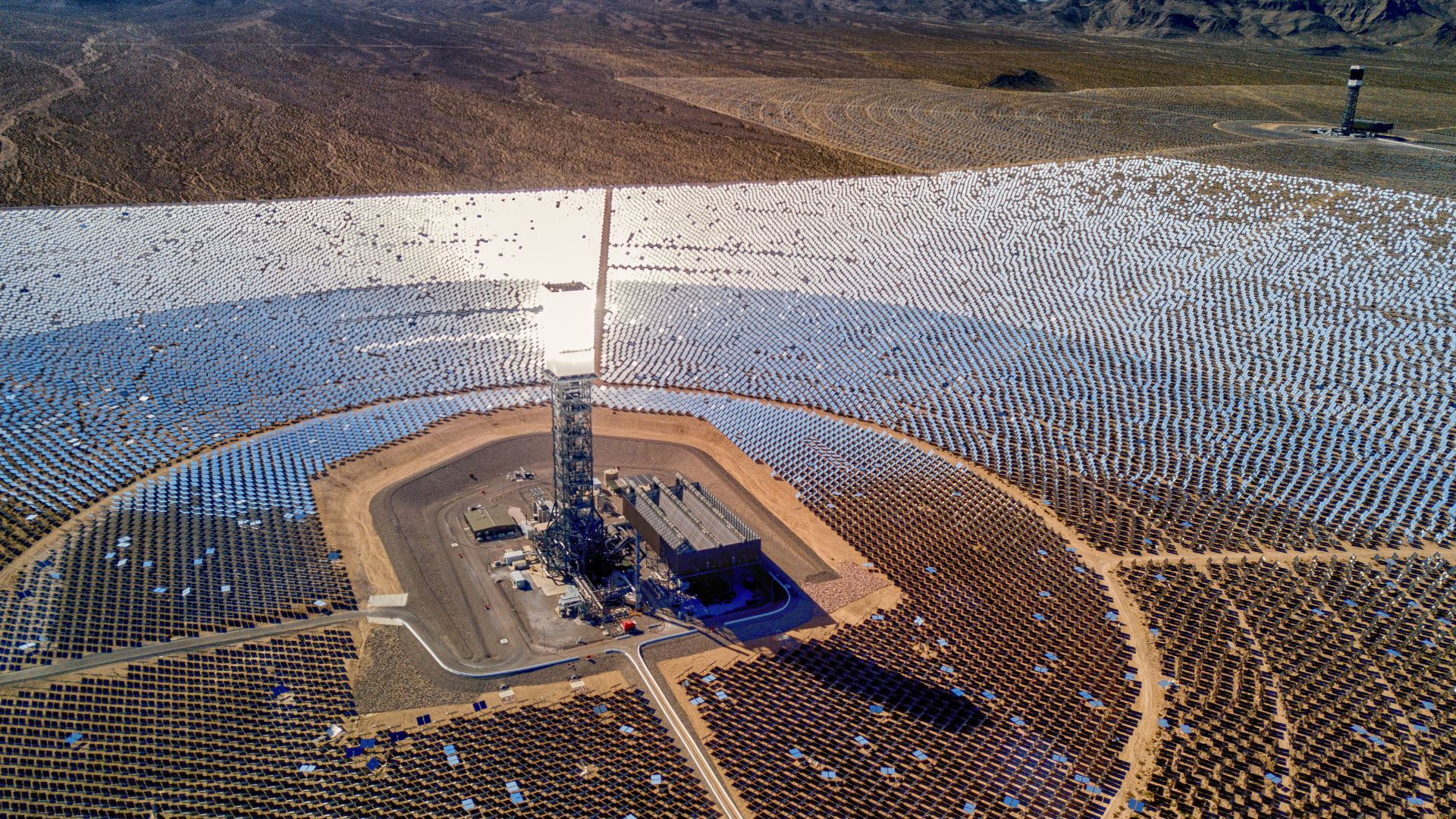The Future of Solar Energy 10 Things to Know
Solar energy, once considered a niche alternative, the future of solar energy has now emerged as a powerful force shaping the future of global energy. Solar power has taken centre stage as the world seeks sustainable solutions to combat climate change and reduce reliance on fossil fuels.


Continuing our series on Solar Power in South East Asia please read on and learn about perhaps 10 things you did not know.
1. Current State of Solar Energy


Solar energy has experienced tremendous growth and progress in recent years, both globally and within specific countries. The adoption of solar energy has gained significant momentum as nations strive to transition towards cleaner and more sustainable energy sources.
Globally, the solar photovoltaic (PV) capacity has been steadily increasing. According to the Solar Energy Industries Association (SEIA), solar power has become one of the fastest-growing sources of new energy capacity worldwide. As of late 2022, the total solar capacity in the United States alone exceeded 135,700 megawatts (MW), marking a substantial increase in recent years.
Several countries are leading the world in solar energy installations. China takes the top spot with a staggering 390 gigawatts (GW) of solar power capacity. The United States, India, and Japan also rank high in solar energy installations, showcasing their commitment to renewable energy adoption.
Similarly, countries in Southeast Asia, such as Thailand, Vietnam, Malaysia, and Indonesia, are making significant strides in the adoption of solar energy, with large-scale solar projects and investments underway.
The rise in solar energy adoption can be attributed to various factors, such as declining costs of solar panels, advancements in solar technology, supportive government policies, and increasing environmental awareness among individuals and businesses.
With its clean and abundant nature, solar energy offers a promising solution to mitigate climate change and reduce dependence on fossil fuels. As the world continues to prioritize sustainability and carbon neutrality, the future of solar energy appears bright, paving the way for a cleaner and greener future.
2. Technological Advancements


The field of solar energy has witnessed remarkable technological advancements that have contributed to increased efficiency and reduced energy costs. One significant breakthrough is the development of perovskite cells. Perovskite solar cells have gained attention due to their high conversion efficiency and potential for low-cost production. These cells are made from a unique material structure that allows them to absorb a broader spectrum of sunlight, resulting in higher electricity generation.
Another notable advancement is the emergence of bifacial panels. Unlike traditional solar PV panels that capture light only from one side, bifacial panels can generate electricity from both sides. This dual-sided absorption significantly increases the overall energy output, making them more efficient. Additionally, advances in panel design and materials have led to improvements in durability, flexibility, and aesthetics, enabling diverse applications across various industries.
With ongoing technological advances, solar energy continues to become more affordable, efficient, and accessible, propelling its widespread adoption across industries and communities.
3. Integration with Energy Grids
The integration of solar energy with existing energy grids is a crucial aspect of its future development. As solar energy capacity continues to grow, it becomes essential to effectively manage the flow of electricity generated from solar sources into the grid. The integration allows for a smooth and reliable supply of solar energy to consumers.
One key challenge in electric grid integration is the intermittent nature of solar power generation due to variations in sunlight availability. To address this, advanced energy technologies such as smart grid systems are being implemented. These solar systems can monitor and optimize the distribution of solar energy in real-time, ensuring a balanced and efficient grid operation.
Grid integration also involves the adoption of net metering policies, where excess solar energy generated by households or businesses can be fed back into the grid. This not only promotes renewable energy utilization but also allows consumers to offset their electricity costs.
Furthermore, grid integration enables the creation of virtual power plants, where solar installations across multiple locations are connected and coordinated to act as a unified power source. Such integrated systems can enhance grid stability, flexibility, and overall energy efficiency.
As the solar energy industry continues to advance, ensuring seamless integration with energy grids will be vital for maximizing the benefits of solar energy and accelerating the transition to a sustainable energy future.
4. Energy Storage Solutions
Energy storage solutions play a crucial role in addressing the intermittent nature of solar energy. These systems allow excess power to be stored and used when there is limited or no sunlight, ensuring a continuous and reliable electricity supply.
Technologies such as lithium-ion batteries, flow batteries, and thermal storage enable efficient and scalable energy storage options for solar installations. By storing solar energy during peak sunlight hours, these solutions enhance grid stability and increase the flexibility of solar power systems.
Energy storage also enables off-grid applications and improves energy access in remote areas. With advancements in energy storage technologies, solar energy becomes a more viable and resilient option, contributing to a sustainable energy future.
5. Solar Energy in Transportation


Solar energy is being increasingly harnessed for transportation, offering sustainable and renewable alternatives. Solar-powered electric vehicles (EVs) convert sunlight into electricity using photovoltaic panels, reducing emissions and dependence on non-renewable resources. Solar EVs store this energy in batteries, powering the vehicles.
Solar power also fuels charging stations for EVs, providing clean energy for infrastructure. Integration of solar panels into highways generates electricity while providing shade. Solar-powered buses, trains, and trams are gaining popularity, reducing emissions in public transportation. Solar energy holds promise in aviation for powering drones and experimental aircraft.
While the integration of solar energy offers benefits like lower costs and increased energy independence, challenges remain in optimizing efficiency and scaling up infrastructure. With advancements, solar energy can transform transportation, shaping a greener future.
6. The Role of Government Policies
Government policies are crucial in shaping the future of solar energy. Renewable energy standards and targets create a market demand for solar power, while financial incentives like tax credits and grants make it more accessible and affordable.
Net metering policies allow solar system owners to sell excess electricity back to the grid. Streamlined permitting processes and interconnection standards reduce barriers to installation. Research and development funding drives innovation in solar technology.
By implementing these policies, governments create an enabling environment that accelerates the transition to a clean energy future powered by solar energy.
7. Environmental Benefits of Renewable Energy


Renewable energy, like solar power, offers significant environmental benefits. It reduces greenhouse gas emissions, improving air quality and mitigating climate change. Solar energy does not consume water during operation, conserving freshwater resources.
Solar installations minimize land disruption and habitat destruction. Transitioning to renewable energy promotes sustainable development, energy security, and local job creation. Embracing solar power protects the environment and fosters a sustainable future.
8. Economic Implications of the Solar Industry
The solar industry has significant economic implications that extend beyond the environmental benefits. The growth of solar installations creates job opportunities, stimulates local economies, and drives innovation. As solar power becomes more cost-effective, it attracts investment and contributes to economic stability.
Additionally, solar energy helps to reduce energy costs for individuals, businesses, and governments. With the implementation of solar power systems, there is a potential for long-term savings on electricity bills and decreased reliance on fossil fuels, which often have volatile prices.
Moreover, the solar industry fosters economic resilience by reducing dependence on foreign energy sources. By generating electricity locally, countries can enhance their energy security and reduce vulnerability to geopolitical risks and fluctuating fuel prices.
Investments in solar energy also have a positive effect on property values. Homes and businesses equipped with solar panels tend to appreciate in value due to their renewable energy capabilities and potential for reduced energy costs.
Overall, the economic implications of the solar industry encompass job creation, cost savings, energy independence, and increased property values, making it a vital contributor to sustainable economic development.
9. Barriers and Challenges to Solar Power
While solar power offers numerous benefits, there are several barriers and challenges that hinder its widespread adoption. One of the primary challenges is the initial high cost of installing solar panels and associated equipment. Although the cost of solar technology has decreased over the years, it still remains a significant investment for many individuals and businesses.
Another obstacle is the intermittency of solar energy. Solar power generation is dependent on sunlight availability, which varies throughout the day and is affected by weather conditions. This intermittency poses challenges for maintaining a consistent power supply, especially during periods of high demand or when sunlight is limited.
Additionally, the integration of solar power into existing energy grids can be complex, requiring upgrades and modifications to accommodate the fluctuating nature of renewable energy sources. The lack of standardization and uniform regulations across jurisdictions can further complicate the grid integration process.
Policy and regulatory barriers also exist, including limited incentives, outdated regulations, and bureaucratic hurdles that hinder the growth of solar energy. In some cases, utilities may impose restrictions on solar installations or fail to provide adequate compensation for excess energy fed back into the grid.
Furthermore, the disposal and recycling of solar panels present environmental challenges. While solar panels have a long lifespan, their end-of-life management requires proper recycling techniques to minimize waste and maximize resource recovery.
Addressing these barriers and challenges requires continued innovation, supportive policies, increased collaboration among stakeholders, and investment in research and development. Overcoming these obstacles will pave the way for a more sustainable and accessible solar energy future.
10. Future Trends and Predictions of Solar Technology
In the near future, solar technology is set to undergo several transformative trends and predictions.
There will be a focus on increasing the efficiency of solar panels to generate more electricity from sunlight.
Advanced energy storage solutions like batteries will enhance the reliability and flexibility of solar power systems.
Integration with smart grids will enable better management and distribution of electricity while floating solar panels will maximize land use and capacity.
Building integrated photovoltaics (BIPV) will incorporate solar panels into building materials, promoting aesthetically pleasing and efficient solar power generation.
Solar energy will also power various modes of transportation, including electric vehicles, buses, and even aeroplanes, contributing to reduced carbon emissions.
Continued cost reduction in solar technology will make it more accessible and economically viable.
These trends and predictions point towards a promising future for solar technology, emphasizing its importance in a sustainable and clean energy landscape.
Conclusion: The Future of Solar Energy
The future of solar energy is bright and promising. With ongoing advancements in efficiency, energy storage, smart grid integration, and innovative applications such as floating panels and building integrated photovoltaics, solar technology is poised to play a pivotal role in our transition to a sustainable and clean energy future.
Additionally, solar power’s potential to power transportation modes further solidifies its importance in reducing carbon emissions and promoting greater sustainability. As costs continue to decline, solar energy will become more accessible and economically viable for individuals, businesses, and communities. The journey towards a renewable energy landscape is well underway, and solar technology will continue to shine as a key player in this transformative endeavour.
Embracing the future of solar energy means embracing a greener, cleaner, and more sustainable world for generations to come.
The Future of Solar Energy & Solar Panels: Frequently Asked Questions
What is the future of solar energy in 2050?
The future of solar energy in 2050 is expected to be highly promising. With renewable energy targets becoming a priority, solar power will likely play a dominant role in the global energy system. The increased adoption of distributed energy resources, including solar panels in homes and businesses, will contribute to a more decentralized and resilient energy infrastructure.
Will solar energy increase in the future?
Yes, solar energy is projected to increase significantly in the future.
What are the future facts about solar energy?
Future facts about solar energy: Recognized as the future of alternative energy, decreasing costs, the potential for deep decarbonization, and significant power generation potential in transportation.
What does the National Renewable Energy Laboratory Do?
The National Renewable Energy Laboratory (NREL) conducts research and development to advance renewable energy and energy efficiency technologies.
What are the three solar technologies?
Photovoltaics, solar thermal, and concentrated solar power.
Are solar panels worth it?
Yes, solar panels are worth it as they can provide long-term cost savings, increase the value of your home, and help reduce your carbon footprint.




